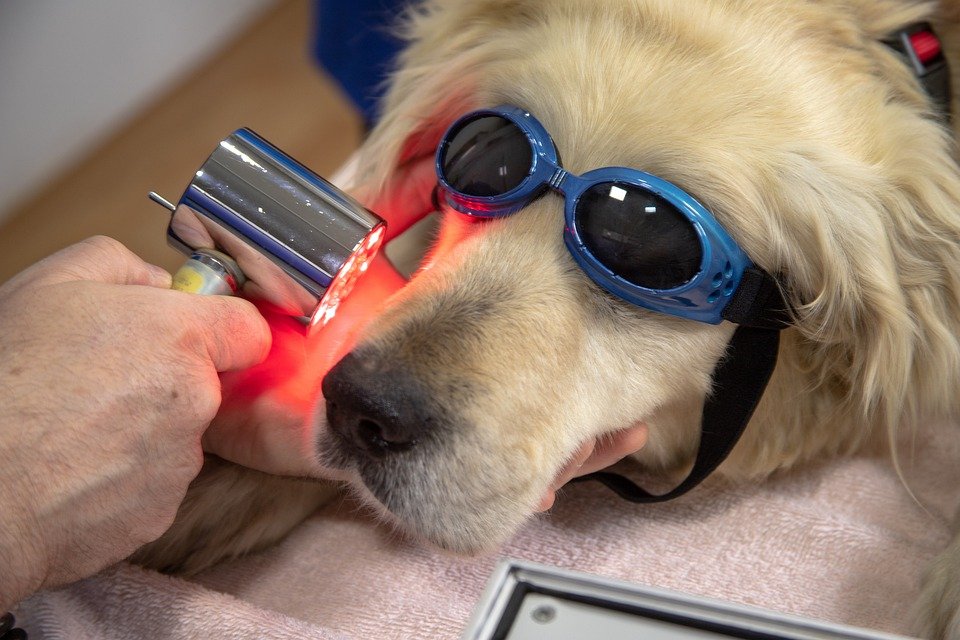What are the benefits of using a ring flash with a dental lens
Okay, so I’m a dentist and I’m trying to improve my clinical photography. I’ve been reading about dental lenses and how they can really capture detailed images of teeth and oral structures. I understand the basics of why good photography is important (case documentation, lab communication, patient education, etc.).
But I’m also seeing a lot about ring flashes being used with these specialized lenses. I’m trying to figure out if it’s really worth investing in both. I’m currently using the built-in flash on my DSLR, but the lighting always seems harsh and creates a lot of shadows.
So, specifically, what are the advantages of using a ring flash in conjunction with a dental lens compared to, say, just relying on the camera’s built-in flash or even a regular external speedlight? Is it just about even lighting, or are there other factors at play, like improved color accuracy or detail visibility that I should be considering? I’m really trying to understand the practical benefits for dental photography specifically.
Answer
Ring flashes offer several benefits when used with a dental lens for intraoral photography. These benefits stem from the unique lighting characteristics and practical advantages they provide in the confined and often challenging environment of the oral cavity.
1. Shadowless Illumination:
The most significant advantage of a ring flash is its ability to produce near-shadowless illumination. Because the light source encircles the lens, the light travels directly along the lens axis. This minimizes shadows within the oral cavity, especially in tight spaces and deep crevices. This is critical for visualizing:
- Tooth surfaces: Detecting subtle surface irregularities, enamel defects, or early signs of decay becomes easier without distracting shadows.
- Gingival margins: The contour and health of the gingiva are more clearly defined, aiding in diagnosing inflammation or recession.
- Interproximal areas: The reduction of shadows allows for better visualization of the contact points and embrasures between teeth, crucial for detecting caries or assessing periodontal health.
- Root canals: While not typically used solely, for endodontic access, the ring flash can illuminate the canal openings and surrounding tooth structure, particularly when combined with magnification.
2. Consistent and Even Lighting:
A ring flash provides a more consistent and even light distribution across the entire field of view compared to other lighting methods like dual-point flashes. This even illumination:
- Reduces the need for extensive post-processing adjustments: Because the lighting is uniform, you’ll spend less time correcting exposure variations in editing software.
- Facilitates accurate color representation: Consistent light ensures the color balance is maintained across the image, which is vital for shade matching and diagnosing soft tissue conditions.
- Simplified Workflow: Consistent results allow for easier replication of lighting conditions from appointment to appointment.
3. Close-Up Photography:
Dental lenses are designed for close-up and macro photography, and ring flashes are ideally suited to this application. The circular light source surrounds the lens, providing ample illumination at close working distances. This is particularly important for capturing detailed images of:
- Individual teeth: Showing fractures, wear facets, or restorative margins.
- Soft tissues: Highlighting the texture and color variations of the gingiva, mucosa, or tongue.
- Dental materials: Documenting the adaptation and surface characteristics of fillings, crowns, or veneers.
4. Fill Light for Reduced Contrast:
In addition to the near-shadowless effect, a ring flash acts as an excellent fill light, softening harsh shadows and reducing the overall contrast in the image. This is beneficial for:
- More natural-looking images: The softened shadows create a more pleasing aesthetic appearance, important for patient education or case presentations.
- Greater detail in both highlights and shadows: A balanced contrast allows for better visualization of fine details in both the brightest and darkest areas of the image.
5. Ease of Use and Portability:
Ring flashes designed for dental photography are often compact, lightweight, and easily mounted onto the lens. This makes them:
- Highly portable: Convenient for use in different operatories or even for taking images outside the dental office.
- User-friendly: Requiring minimal setup and adjustment compared to more complex lighting systems.
- Integration with Lens: Specifically designed ring flashes will integrate seamlessly with a dental specific macro lens such as those provided by Canon or Nikon.
6. Reduced Glare and Reflections:
While not entirely eliminating reflections, a ring flash can minimize specular highlights (glare) on wet or shiny surfaces like teeth or saliva. This is because the light source is distributed evenly around the lens, reducing the intensity of the reflection at any one point. Special polarising filter systems can be combined with ring flashes to minimize specular highlights.
7. Patient Comfort:
Some ring flashes have adjustable power settings, allowing you to control the intensity of the light. This can improve patient comfort by:
- Reducing squinting: Dimming the light output can minimize discomfort for patients who are sensitive to bright light.
- Minimizing heat: LED-based ring flashes generate very little heat, making them more comfortable for prolonged use in the patient’s mouth.
In summary, a ring flash used with a dental lens offers a unique combination of shadowless illumination, consistent lighting, close-up capability, and ease of use, making it an invaluable tool for intraoral photography in dentistry. It allows for the creation of high-quality images that aid in diagnosis, treatment planning, patient education, and documentation.

Post Comment